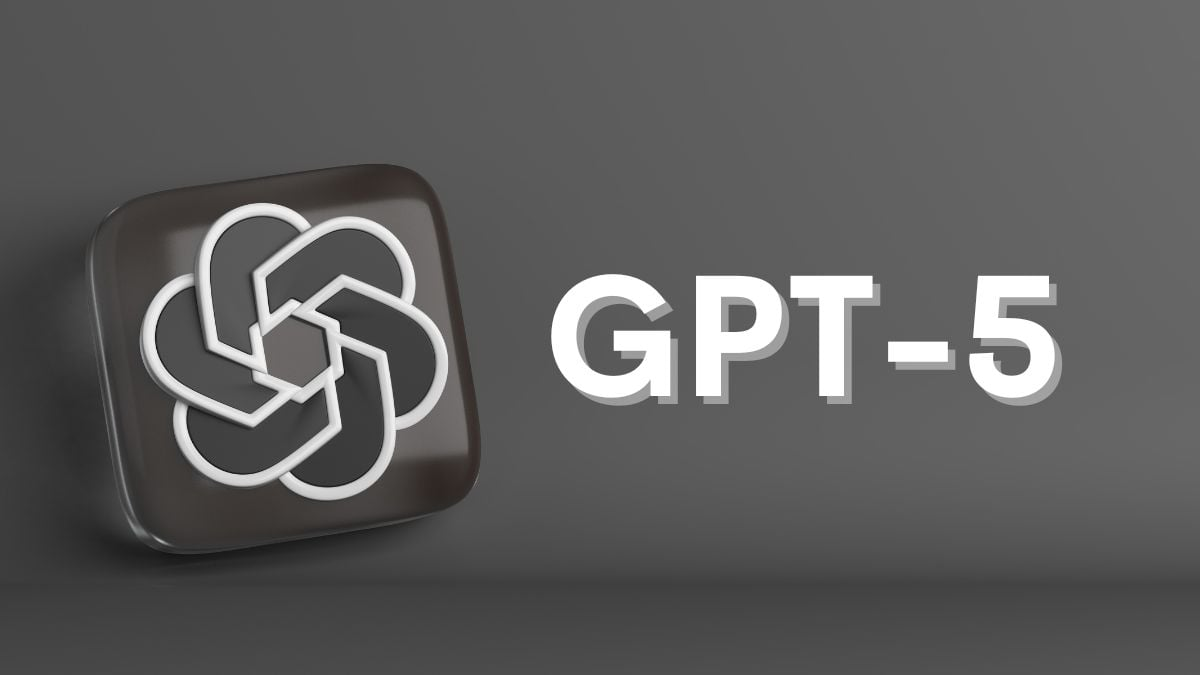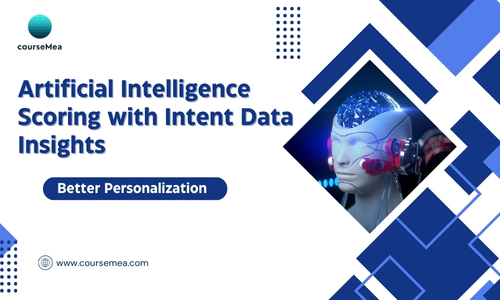Table of Contents
ToggleWhat is Next-Gen AI?
Deepseek vs ChatGPT Next-generation artificial intelligence (AI) is the most recent development in AI technology that goes beyond traditional machine learning and data processing. The development of traditional AI into next-generation AI makes it faster, more accurate, and more flexible in complicated problems.
To fully understand the potential use cases and limitations of these next-gen AIs, it is important we compare DeepSeek-V3 and GPT-5, two AI models with different strengths and weaknesses. This is especially true when determining which model is best suited for a given task, especially in areas like advanced reasoning, coding, and complex problem-solving, where DeepSeek usually excels, while GPT-5 may focus on general language capabilities and versatility.
DeepSeek-V3
When DeepSeek overtook ChatGPT as the most downloaded free app on the iOS App Store in the USA by January 27, 2025, Nvidia’s stock fell 18%.
What is DeepSeek?

DeepSeek is a Chinese AI company that builds open-source large language models (LLMs). It was founded by Liang Wenfeng in May 2023, and made waves in early 2025 with the launch of its large language models, particularly the DeepSeek-V3 and DeepSeek-R1.
Note: For those who are unfamiliar with LLM, it is a language model, a kind of machine learning model that is developed using a sizable text sample to generate or predict human-like text.
Features & Capabilities
Compared to earlier models, DeepSeek-V3 provides a notable improvement in inference speed. It tops the leaderboard among open-source models and rivals the most advanced closed-source models globally.
- Architecture: DeepSeek-V3 employs a Mixture-of-Experts (MoE) architecture, which has 671 billion parameters total, 37 billion of which are enabled for each token. This architecture improves model performance and maximizes computing efficiency.
- Multi-Token Prediction: The model may produce many tokens at once since it includes a multi-token prediction training objective. This method increases overall efficiency and inference speed.
- Extensive Training: DeepSeek-V3 exhibits thorough knowledge across multiple areas after being trained on 14.8 trillion high-quality tokens.
- Improved Performance: DeepSeek-V3 produces cutting-edge outcomes on a variety of benchmarks, such as coding, mathematics, and multilingual jobs.
- Ideal Inference: The model is appropriate for real-world applications due to its efficient inference capabilities.
Use Cases & Applications
- Content Creation: DeepSeek-V3 is a useful tool for article drafting, creative content writing, and copywriting assignments because of its exceptional ability to produce prose that is human-like.
- Coding Support: DeepSeek-V3’s sophisticated coding features can help developers finish code, debug, and comprehend intricate codebases.
- Multilingual Support: The model can act as a translation tool and facilitate cross-lingual communication due to its multilingualism.
- Research & Data Analysis: DeepSeek-V3 can be used by researchers to summarize data, conclude huge datasets, and write research papers.
GPT-5

The GPT-5 from OpenAI is a new ChatGPT model that OpenAI hinted is on the way, in a blog post on May 28. Since then, the possibility of its improvements has generated a great deal of excitement. GPT-5 is expected to improve many facets of natural language processing and AI capabilities over its predecessor, GPT-4.
What to Expect?
- Improved Language Understanding: GPT-5 is expected to show improved language comprehension and more precise and contextually appropriate answers.
- Better Reasoning Skills: This model seeks to increase reasoning skills so that more intricate analytical and problem-solving tasks are possible.
- Multimodal Processing: It is expected that GPT-5 will be able to process various kinds of data, such as text, graphics, audio, and maybe video, enabling more thorough interactions.
- Expanded Context Windows: The model would probably be able to handle and retain more data from earlier iterations by supporting wider context windows, resulting in outputs that are more logical and pertinent to the context.
- Autonomous AI Agents: GPT-5 is anticipated to help create AI agents that can manage tasks in the real world without human supervision, signaling a change from conventional chatbots to self-governing systems.
Use Cases & Applications
- Human Virtual Assistants: GPT-5 can have more user-friendly and human-like virtual assistants, creating good user experiences with great language understanding and multimodal processing.
- Content Creation: The advanced features of the model can help produce excellent content in different media, such as text, photos, and videos.
- Data Analysis and Decision Support: The improved reasoning skills of GPT-5 can help with the analysis of intricate datasets and offer insights, helping in commercial and research decision-making processes.
DeepSeek-V3 vs. GPT-5
GPT-5 has not yet been formally unveiled, and exact details on its features and capabilities are yet unknown. Therefore, it is currently unable to do an exact direct comparison between DeepSeek-V3 and GPT-5. Based on the facts at hand, we can offer a summary of DeepSeek-V3’s capabilities.
- Accuracy and Performance
DeepSeek-V3 has proven to be highly accurate in a number of benchmarks: Math and Reasoning by outperforming models such as Claude 3.5 Sonnet and GPT-4o; General Knowledge by outperforming the majority of open-source models and closely competing with closed-source models such as Claude 3.5, achieving an 88.5% score on the MMLU test.
- Model Size & Training Data
14.8 trillion tokens were used to train DeepSeek-V3, guaranteeing a thorough comprehension across multiple areas. With only 37 billion parameters activated per token, its MoE architecture enables effective parameter utilization, lowering computational load without sacrificing speed.
- Efficiency & Speed
Significant speed and efficiency benefits are provided by DeepSeek-V3 in processing speed (60 tokens per second) compared to models like GPT-4, which is a substantial speedup and cost efficiency due to advancements like FP8 mixed precision training, whose training cost was roughly $5.576 million, almost ten times less than that of similar models.
Final Thoughts on DeepSeek-V3 vs. GPT-5
The Chinese startup DeepSeek created DeepSeek-V3, which optimizes performance and computational efficiency by using a Mixture-of-Experts (MoE) architecture with 671 billion parameters. It has outperformed models like GPT-4o and Claude 3.5 Sonnet in reasoning and mathematical problems, demonstrating great accuracy.
A good choice for high-volume applications, DeepSeek-V3 has also been acknowledged for its cost-effectiveness, as it is substantially less expensive than GPT-4o.
The capabilities of GPT-5, however, are yet unknown because OpenAI has not made any official announcements. Recent advancements include the release of GPT-4.5, which offers capabilities like file/image uploads and online search but is bigger and more computationally demanding than its predecessors.
The precise improvements that GPT-5 offers over GPT-4.5, however, have not yet been revealed.
In conclusion, while DeepSeek-V3 presents a compelling option for various applications, the choice between it and future models like GPT-5 should be guided by your specific project requirements, budget constraints, and the unique capabilities each model offers.




